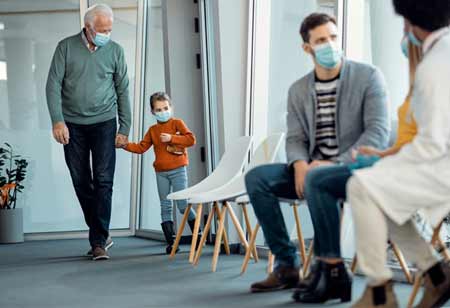Understanding Rabies: A Deadly but Preventable Disease
Rabies is a serious viral disease that attacks the central nervous system, leading to severe brain inflammation

By
Medical Care Review | Monday, July 15, 2024
Stay on top of your health and well-being with exclusive feature stories on the top medical clinics and treatment centers, expert insights and the latest news delivered straight to your inbox. Subscribe today.
Rabies is a serious viral disease that attacks the central nervous system, leading to severe brain inflammation and death if not treated promptly. It spreads through the saliva of infected animals, usually through bites. While rare in the United States thanks to vaccination programs, rabies is still a significant health threat in many parts of the world.
How It Spreads and What to Watch For
Rabies is typically spread through the bite of a rabid animal. In the U.S., animals like bats, raccoons, skunks, and foxes are common carriers. Even pets like dogs and cats can spread the virus if they aren’t vaccinated.
After a person is bitten, the virus travels through the nerves to the brain, where it causes encephalitis. The time it takes for symptoms to appear, known as the incubation period, can range from a few days to several months, depending on the bite’s location and how much virus was introduced. Early symptoms are often general and can include fever, headache, and fatigue. As the disease progresses, more severe symptoms like confusion, agitation, hallucinations, and paralysis can occur, eventually leading to coma and death.
Preventing and Treating Rabies
Prevention is the best way to deal with rabies. Vaccinating your pets is crucial to stopping the spread of the virus. Avoiding contact with wild animals and seeking medical attention immediately after a potential exposure are also important.
If you’re bitten by an animal that might have rabies, act fast. Wash the wound thoroughly with soap and water to help reduce the risk of infection. Then, seek medical care immediately. Doctors can administer post-exposure prophylaxis (PEP), a series of rabies vaccinations, which is crucial in preventing the virus from taking hold.
Final Thoughts
Rabies is deadly but preventable. Vaccinating pets, staying informed about the risks, and seeking prompt medical treatment after a potential exposure are key steps in protecting yourself and others. By taking these precautions, we can help reduce the incidence of this fatal disease and keep our communities safer.







